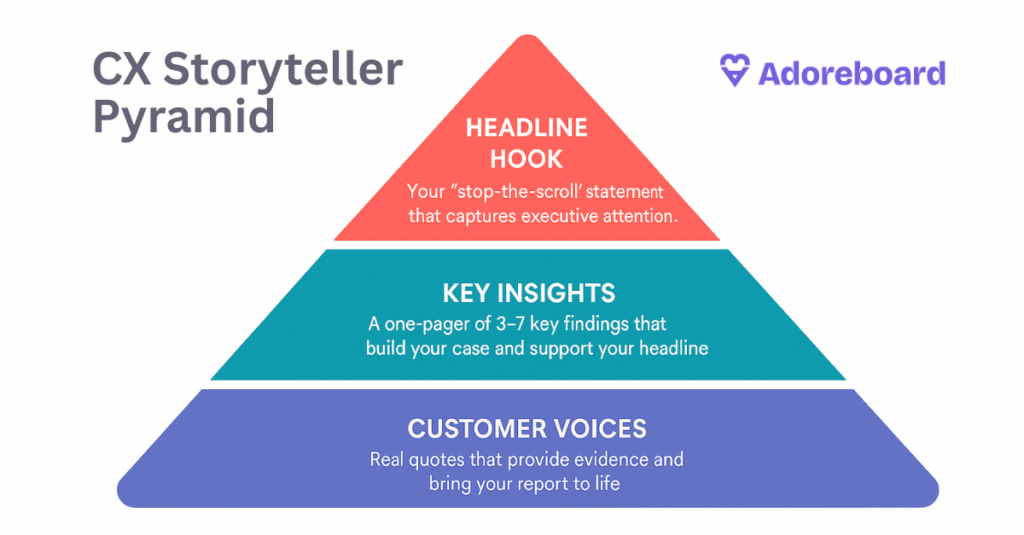Naturally, we’re thrilled to be named as a Gartner Cool Vendor for Artificial Intelligence in Customer Analytics 2019. But here we reveal the truth: it’s actually our customers that make us cool and the innovative ways in which they’ve used our Emotics platform and insights.
Meet Phill Palmer, a cool customer from Behave

Q. Behave has had a phenomenal first year – what is it that you specialise in?
A. We launched Behave out of Total Media so that we could focus on measuring and influencing human behaviour. Our clients use the insights we deliver to inform all kinds of business decisions, from product development to marketing strategy.
Q. How do you go about measuring human behaviour?
A. People are complex, and there are conscious and subconscious influences at work in everything we do. Our measurement techniques at Behave are the most expansive available: we use diagnostics such as EEG, eye tracking, biometrics, flow tracking, psychometry, ethnography, voice analysis and people flow. So we might observe changes to skin temperature and heart rate to understand people’s emotional reactions, or look at their response times to see how deeply embedded a behaviour or belief is – the more quickly they respond, the more ‘automatic’ their decision-making is in that particular context. It’s that context which needs to evolve if outcomes are to be influenced – the decision-making processes that people use won’t change.
We then layer and interpret all this information to help brands find ways to resonate more strongly with their target audience. We knew that using Adoreboard would help Tik Tok get a deeper understanding of their audiences so that they could apply that learning to their marketing and product development. Adoreboard’s Emotics platform makes it easier to understand natural language – what people are saying and the emotional intensity behind it – and what can be leveraged. This insight tells you what people care about (which isn’t always what they say they do) and what drives them from an emotional perspective. When we’re analysing conversations, perhaps on social media or other feedback, we can, therefore, provide a much clearer and more accurate picture to work from. In this case, our work helped Tik Tok to shape not only their messages but also where and how to place them for maximum impact.
Q. Is all your work done in a lab, then?
No – not all of it. We spend a lot of time out in the field and working with focus groups, which you’d expect. We work closely with academic partners to access and apply the latest authoritative research findings. We use existing data, too, analysing CRM information and scraping data from social media, and in many areas (such as predictive biometrics), there’s enough information already available from mass learnings for us to be able to use AI without needing to conduct fresh research every time.
Q. How do you see CX and HX evolving?
Companies are focussing much more on the importance of emotional response. B2B has always been behind B2C in this area, but we eventually saw a change in mindset about six years ago, and there’s significant growth in both areas.
Trust is definitely more important than ever – people don’t just want security, they also want to do business with companies that align with their values and beliefs. Which means properly understanding those emotional drivers and reactions and be delivering the kind of experiences that fulfil human needs – working out what will best generate those unguarded behaviours that indicate happiness. There’s no such thing as a single source of truth in this kind of analysis, either, which is why we combine as many layers of insight as possible for our clients.
Q. What innovations do you think will shape your market in the future?
It’s going to be like Compare the Market on steroids! We’re already using forms of AI and machine learning to better decisions, commercially and personally, and this is going to grow significantly at an individual level. Just in the same way that people already use sleep apps and similar monitoring devices, we’re all going to be able to use more ways to track our habits, behaviours and reactions – for example, what (or who) makes your heart rate rise. Understanding our own reactions and emotional drivers means that we’ll be able to make better-informed choices. And of course, companies will continue to increase their use of behavioural insight to develop and enhance the way they serve information to their audiences.
Q. Finally, what’s in store for you at Behave in the coming year or so?
We’ll carry on working hard on refining what we do and developing with our partners. There’s always something new for us to explore on behalf of our clients, and the biggest opportunity for growth at the moment is in modelling haptic responses: the length, response times and type of touch that people use on their devices. This isn’t just something that dating companies should be looking at – haptic response offers huge potential for behavioural insight for all kinds of organisations.
Read more about the impact that Phill and the teams at Total Media and Behave are making.
Read the Adoreboard case study about our work with Total Media for Slack.




